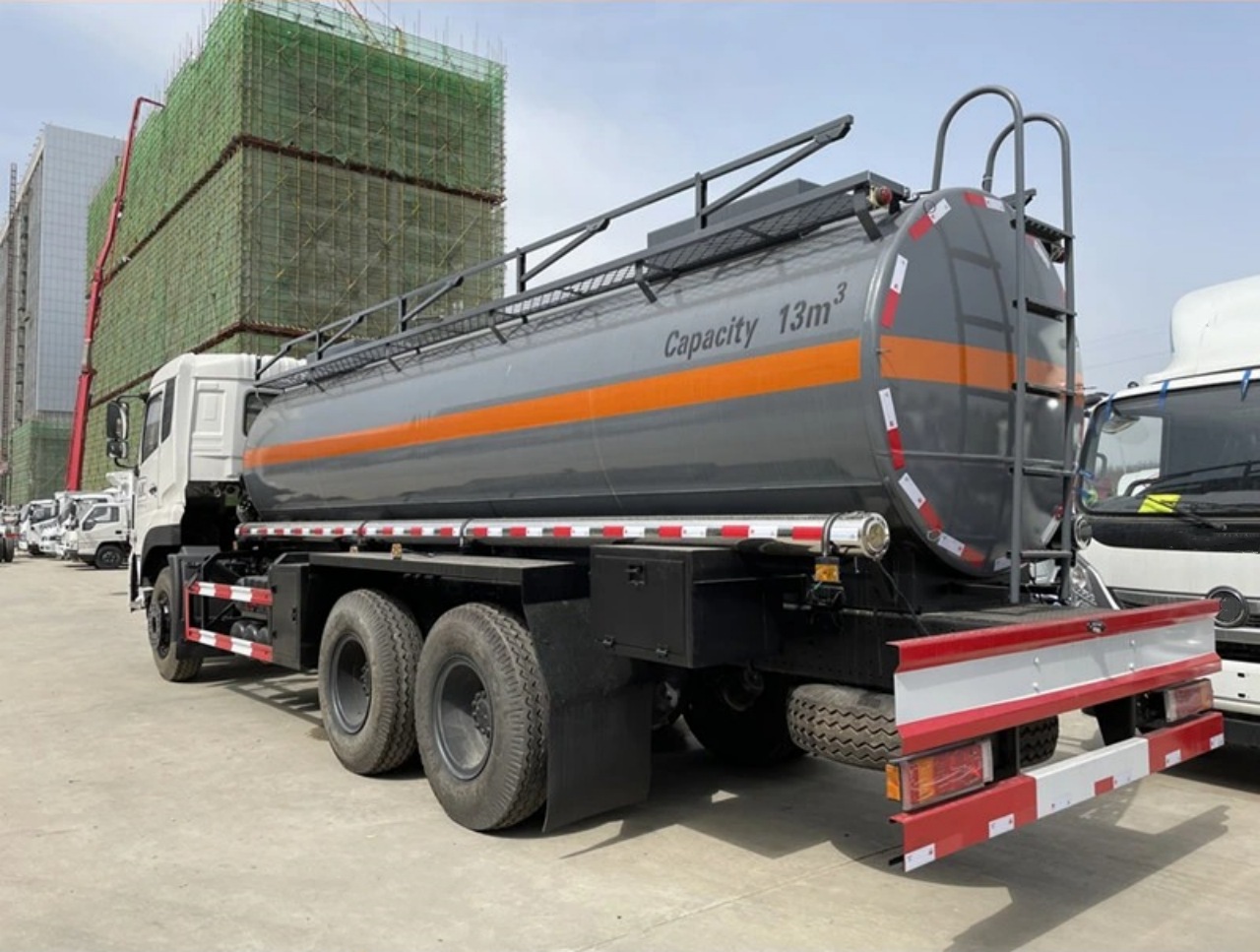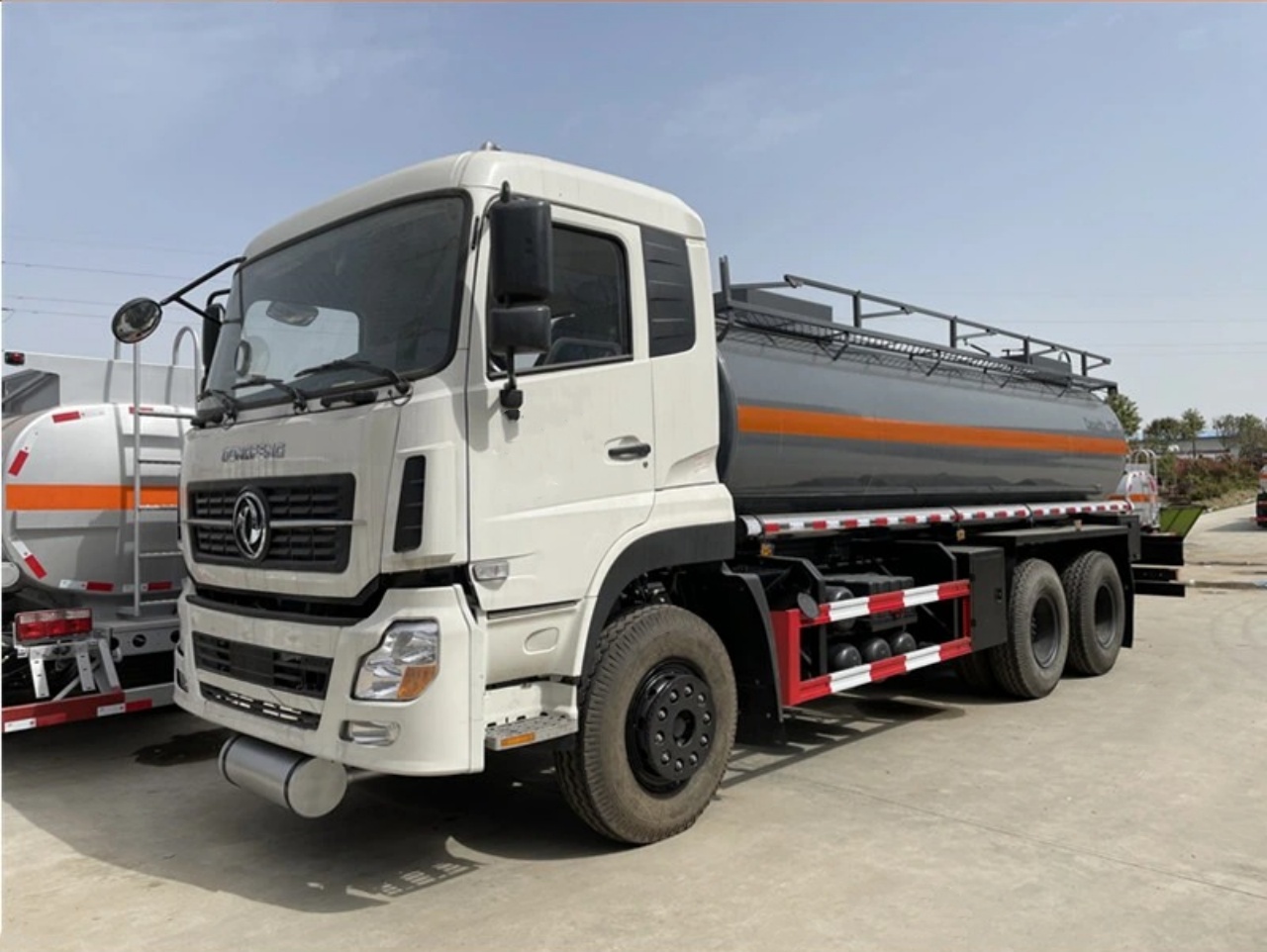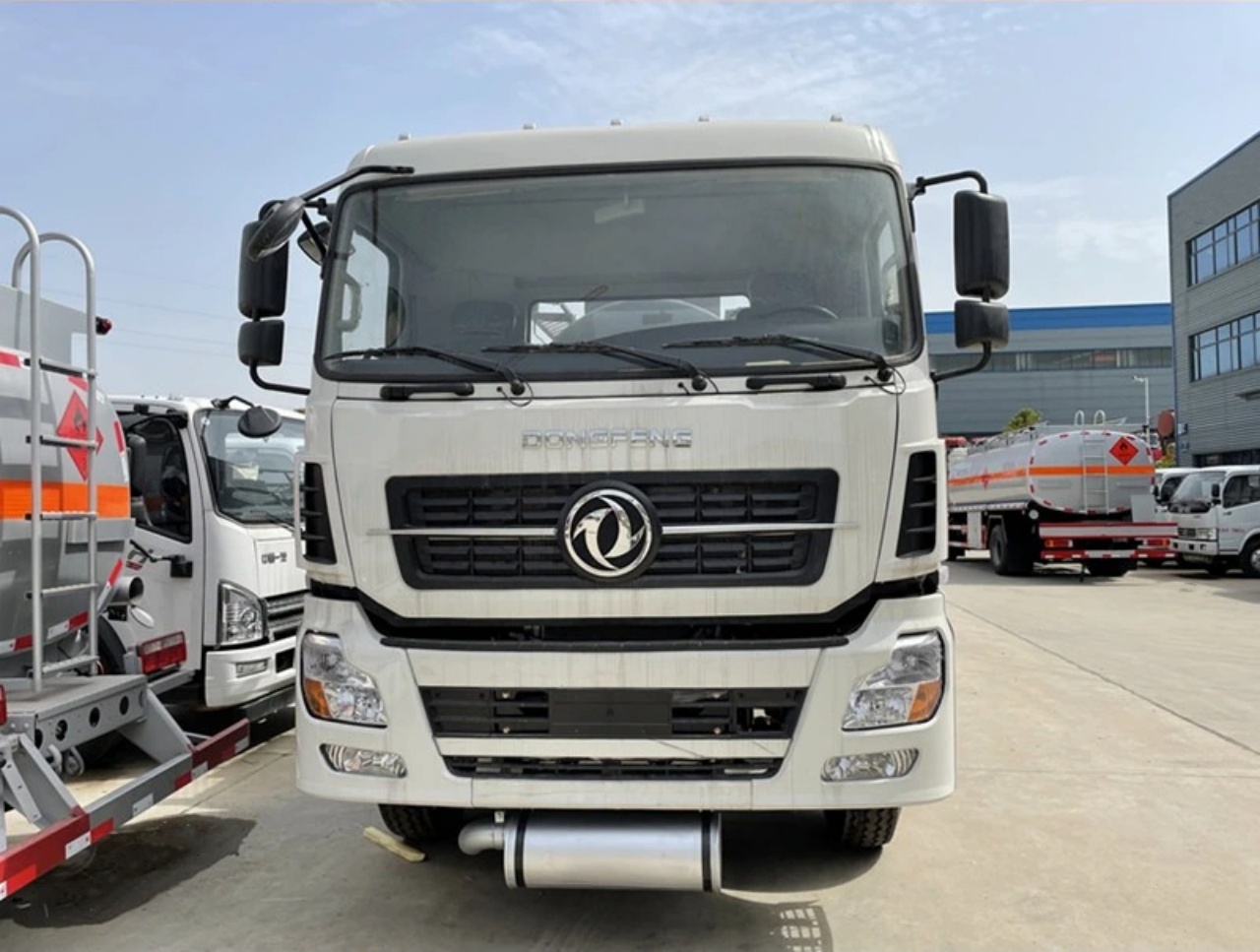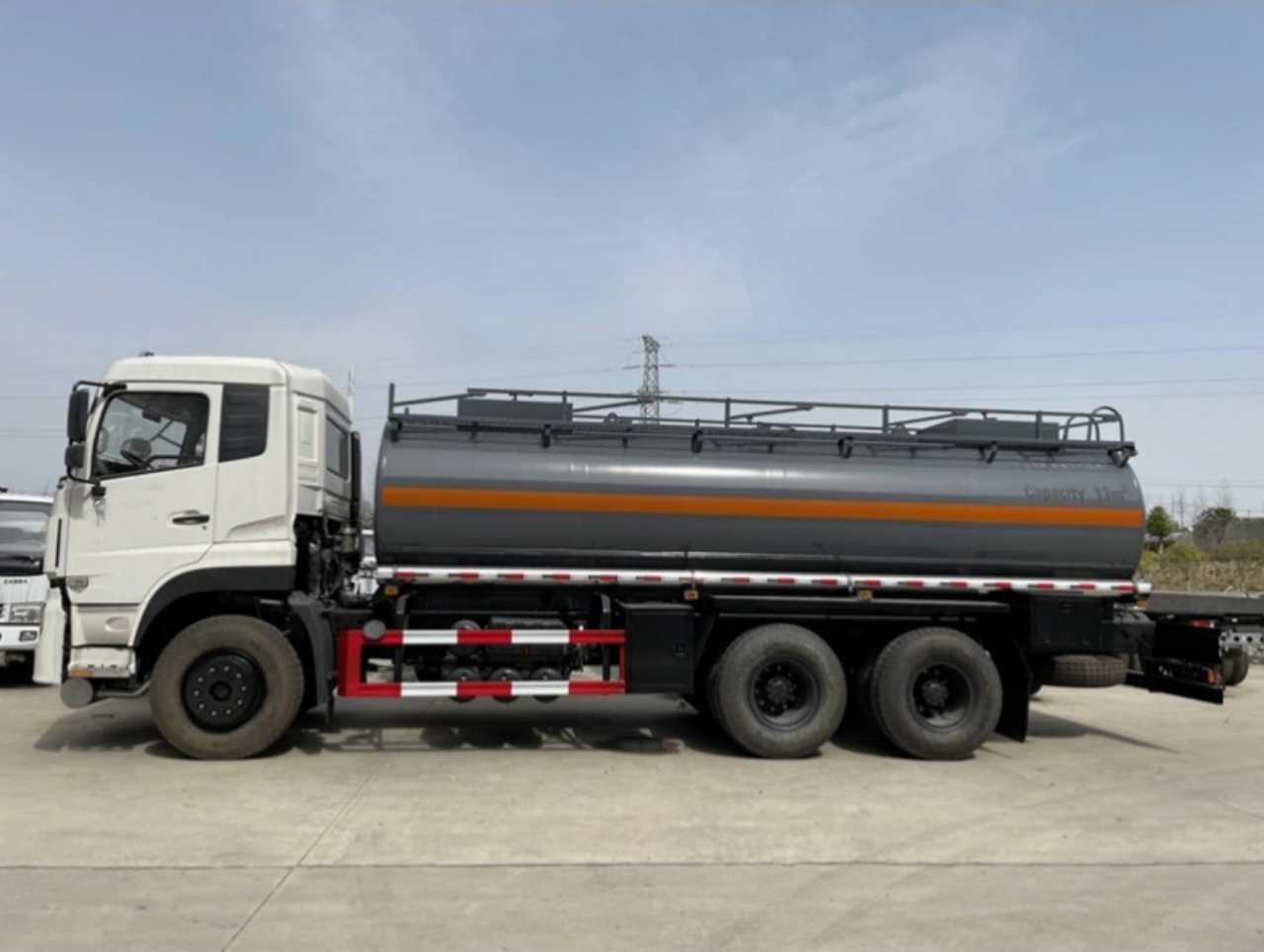Chemical tank trucks are specialized vehicles designed to transport hazardous and non-hazardous chemical substances safely and efficiently. These trucks are vital in a variety of industries, including manufacturing, agriculture, petroleum, pharmaceuticals, and wastewater treatment. Their unique design, construction materials, and safety features enable them to carry a broad range of liquid, gaseous, and sometimes powdered chemicals while minimizing the risks associated with transportation.
In this article, we’ll explore the purpose of chemical tank trucks, the types of chemicals they carry, their design and safety features, regulatory requirements, and the industries that rely on them.
The Purpose of Chemical Tank Trucks
The primary use of a chemical tank truck is the safe and secure transportation of chemicals from production facilities to end-users, storage terminals, or distribution centers. Chemicals, especially hazardous ones, require controlled environments during transit to prevent leaks, spills, contamination, or explosions. Chemical tank trucks are engineered to provide that level of safety and control.
Depending on the chemical’s nature, these trucks may carry:
- Corrosive substances (e.g., sulfuric acid, hydrochloric acid)
- Flammable liquids (e.g., ethanol, acetone)
- Toxic or poisonous chemicals (e.g., pesticides)
- Oxidizers (e.g., hydrogen peroxide)
- Cryogenic substances (e.g., liquid nitrogen)
Transporting such materials demands specialized handling, which makes chemical tank trucks an indispensable part of the global supply chain.
Types of Chemicals Transported
Chemical tank trucks are used for a wide range of substances. The materials they transport can be grouped into 2 broad categories:
1. Hazardous Chemicals
These are substances that pose a risk to human health, property, or the environment. Examples include:
- Acids and Bases: Sulfuric acid, nitric acid, sodium hydroxide
- Flammable Liquids: Toluene, benzene, methanol
- Toxic Compounds: Chlorine, cyanide solutions, phenol
- Oxidizers: Ammonium nitrate, hydrogen peroxide
Because these chemicals can be volatile, corrosive, or toxic, chemical tank trucks used for these substances often have reinforced materials, emergency shut-off valves, and temperature/pressure controls.
2. Non-Hazardous Chemicals
These are typically chemicals that do not pose significant risks during transportation under normal conditions. Examples include:
- Food-grade additives: Citric acid, glycerin
- Water treatment chemicals: Sodium bicarbonate, aluminum sulfate
- Industrial chemicals: Silicones, resins, surfactants
Although non-hazardous, these chemicals may still require clean, contamination-free environments during transport.
Construction and Design of Chemical Tank Trucks
The structural integrity and chemical resistance of a tank truck are crucial for safe chemical transport. Key design aspects include:
1. Tank Material
Tanks are constructed from materials that are chemically compatible with the substances they carry:
- Stainless steel: Common for a wide variety of chemicals, especially corrosives
- Aluminum: Used for certain flammable liquids
- Rubber-lined steel: Protects the interior from highly corrosive acids
- Fiberglass-reinforced plastic (FRP): Suitable for specific acids and alkalis
2. Compartments
Some tankers are divided into multiple compartments, allowing for the transportation of different chemicals in a single trip. This design is efficient but requires stringent compatibility guidelines to prevent reactions between different substances.
3. Insulation and Heating
Many chemicals need to be transported at specific temperatures to remain stable. Chemical tank trucks may be equipped with:
- Insulation to maintain internal temperature
- Steam or electric heating systems to keep chemicals from solidifying
- Refrigeration units for heat-sensitive materials
4. Pressure and Venting
To prevent rupture or implosion, chemical tanks often have:
- Pressure relief valves
- Vacuum breakers
- Venting systems that safely release excess pressure
These systems are vital for chemicals that emit gases or are affected by altitude and temperature changes.
Safety Features
Given the potential hazards of chemical transport, safety is paramount. Chemical tank trucks are equipped with various features to prevent accidents and minimize impact in case of a spill:
- Double-walled tanks for added leak protection
- Emergency shut-off valves to quickly stop the flow in case of an accident
- Spill containment trays
- Grounding systems to prevent static discharge during loading and unloading
- Fire suppression systems in case of flammable cargo
- GPS tracking for route monitoring and real-time emergency response
Drivers also undergo special training in hazardous material handling and emergency response protocols.
Regulations and Compliance
Transporting chemicals, particularly hazardous ones, is strictly regulated to ensure public and environmental safety. In most countries, this includes:
- Hazardous Materials Regulations (HMR) by the U.S. Department of Transportation (DOT)
- ADR Regulations in Europe (Agreement concerning the International Carriage of Dangerous Goods by Road)
- UN Recommendations on the Transport of Dangerous Goods
Key requirements include:
- Proper labeling and placarding of the truck
- Detailed shipping documentation
- Driver certification and training
- Routine vehicle inspections and maintenance
- Emergency response plans
Failure to comply can result in heavy fines, revocation of licenses, and serious environmental damage.
Industries that Rely on Chemical Tank Trucks
Chemical tank trucks are essential to a wide array of sectors, including:
1. Petrochemical Industry
Used for transporting gasoline additives, solvents, and industrial chemicals used in refining processes.
2. Agriculture
Delivers fertilizers, herbicides, and pesticides to farms and distribution centers.
3. Water Treatment
Transports chemicals like chlorine, alum, and sodium hypochlorite to municipal water plants.
4. Manufacturing
Carries raw materials and additives required for product formulation, from plastics to textiles.
5. Pharmaceuticals
Transports bulk chemical ingredients used in medicine production under tightly controlled conditions.
6. Food & Beverage
While less common, some chemical tankers carry food-grade chemicals like sweeteners, preservatives, and flavor enhancers.
Conclusion
Chemical tank trucks play a critical role in the logistics of modern industry, ensuring that both hazardous and non-hazardous chemicals are delivered safely and efficiently. Their sophisticated construction, adherence to rigorous safety standards, and the expertise of their operators make them indispensable for keeping supply chains moving and industries functioning.
As technology continues to evolve, chemical tank trucks are becoming even safer and more efficient, with innovations in tracking, automation, and eco-friendly design. Whether it’s delivering acids to a processing plant or transporting cleaning agents to a water treatment facility, these trucks remain the backbone of chemical logistics worldwide.





